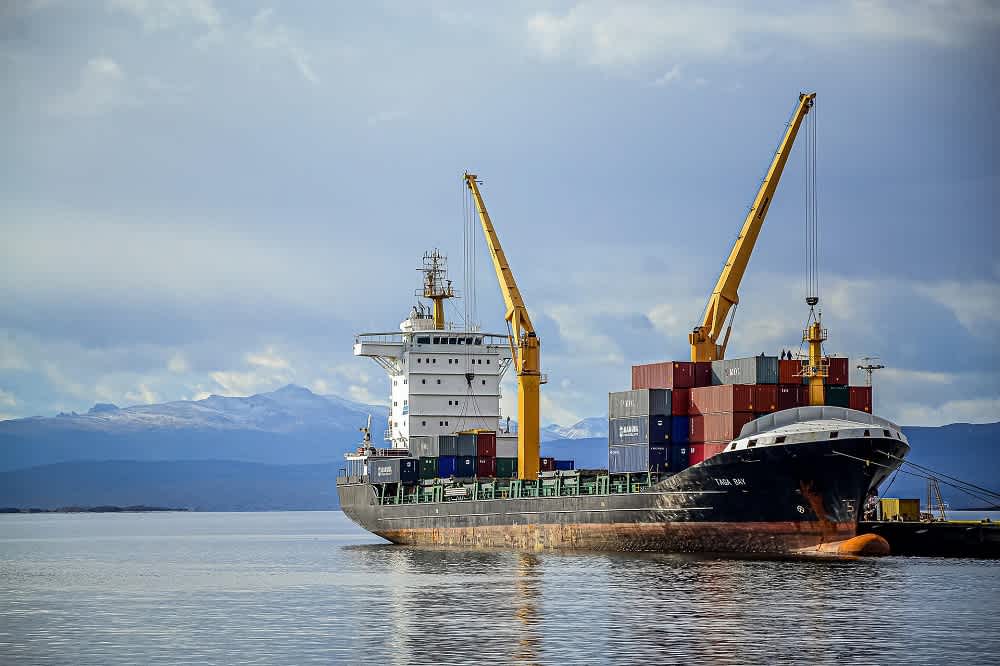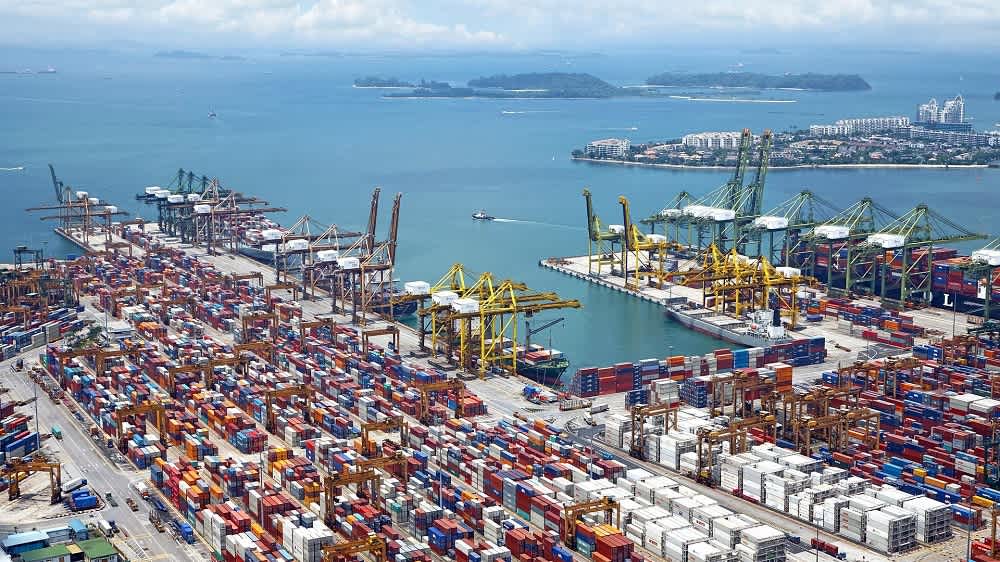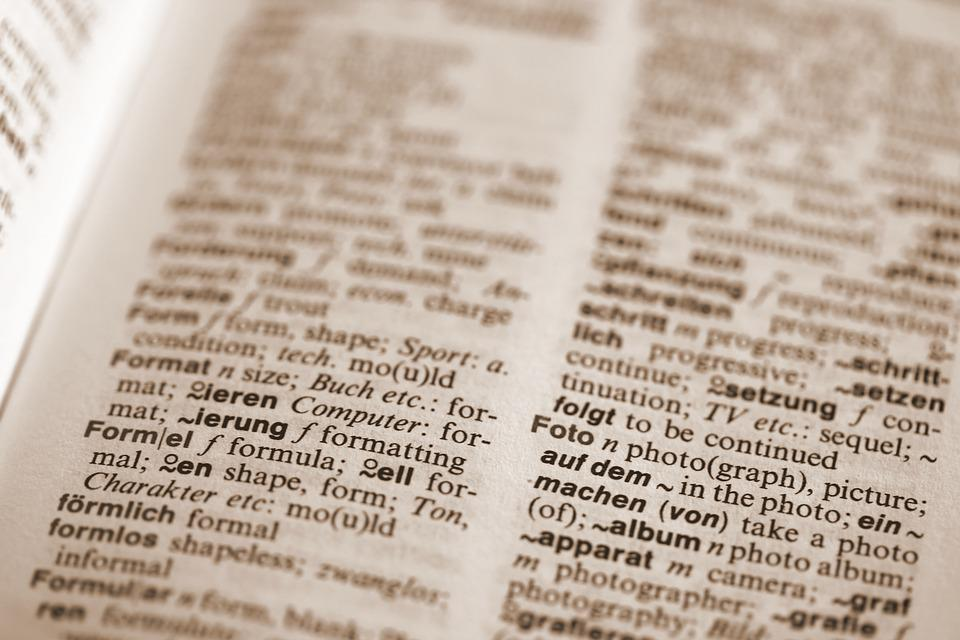
by Sam Franklin | June 20, 2022 | 10 min read
Understanding the Cost and Freight (CFR) Incoterm
Get fundedLast updated: July 08, 2022
If you’re new to eCommerce, you’ll quickly discover that shipping might become your number one headache. With so many different shipping options available to buyers and sellers, it becomes challenging to know if you’re choosing the right shipping policy.
In addition to this, you also need to know who is responsible for the costs at each stage of the journey and who is liable for the risk of damage or loss during the entire shipping process.
Fortunately, the International Chamber of Commerce (ICC) came together to create a set of Incoterms to define the responsibility between buyers and sellers during international shipping. These terms outline things such as who is in charge of the main carriage and who gets to do all the unloading. As you can imagine, with so many different international trade methods, the ICC could only consolidate them all into eleven separate Incoterms.
This article will cover the Cost and Freight (CFR) Incoterm and will tell you everything you need to know about it.
If you’re looking for information on the other Incoterms, take a look at our Incoterms Overview section.
Table of contents
- What is Cost and Freight (CFR)?
- Understanding the Cost and Freight (CFR) Incoterm
- When to use CFR
- When not to use CFR
- Advantages of CFR
- Disadvantages of CFR
- CFR vs other Incoterms
- Conclusion
What is Cost and Freight (CFR)?

As mentioned, CFR stands for Cost and Freight, and it is one of the eleven Incoterms created by the International Chamber of Commerce in 1936. CFR states that the seller is obligated to deliver the goods on board a specific vessel contracted by themselves. They are also responsible for paying for the main carriage to the destination terminal.
The interesting thing about Cost and Freight is that the transfer of risk occurs as soon as the seller loads the goods on board the vessel. At that moment, the main carriage's risk of loss or damage to the destination point transfers to the buyer. However, the cost of the main carriage still lies in the seller’s responsibility, although they usually include the price inside the commercial invoice.
CFR is almost identical to the Cost, Insurance, and Freight (CIF) Incoterm. However, the difference is that insurance is mandatory under CIF and must be provided by the seller. On the other hand, insurance is optional for the CFR Incoterm.
Additionally, the seller arranges all export customs clearance at his own risk. Other export formalities include licences or permits, export tax, and pre-shipment inspections if required at the export destination.
Once the shipment arrives at the designated destination, the buyer pays and takes responsibility for unloading the goods off of the vessel and the onward carriage to the final destination. In addition, the buyer arranges import formalities, such as obtaining import licences, security clearance, and a pre-shipment inspection.
Understanding the Cost and Freight (CFR) Incoterm

Cost and Freight (CFR) is one of the most commonly used Incoterm after Free on Board (FOB). It is strictly used for ocean and sea freight shipping bulk and non-containerised cargo.
As CFR doesn’t state who is responsible for unloading, it is necessary that the terms of sale specify which party is responsible. Typically, if the seller includes the cost inside the contract for unloading in the main carriage, the buyer should not be making any additional payment for unloading.
Furthermore, insurance is not an obligation under the CFR shipping terms. However, because goods are being transported across an ocean, it is always recommended to use appropriate insurance in case something happens along the shipping process. If both parties agree to take out separate insurance policies to cover their respective legs of the journey, this could work out cheaper for the buyer. Otherwise, one party can take out an insurance policy to protect the entire voyage. Therefore, it is critical that any insurance responsibility is stated in the terms of sale.
The goods can be considered delivered as soon as the seller loads them on board the vessel at the origin port. At that point, the risk of loss or damage to the goods is passed to the buyer. However, the seller pays for loading at the origin terminal.
What do Cost and Freight (CFR) shipping terms include?

The shipping terms for CFR include the time and place for the delivery to occur. It also specifies which shipping vessel the goods need to be delivered on and breaks down the risk transfer between buyer and seller.
Below is a list of the standard terms seen in the CFR Incoterms agreement:
Payment due to seller
Time and place of delivery
The seller is responsible for main carriage delivery to the designated port.
Who is responsible for unloading at the end destination
If any party will take out insurance for the shipment
Seller’s responsibility
In the Cost and Freight (CFR) Incoterm, the seller is responsible for the following:
Delivering goods safely at the agreed-upon date and point
Creating a sales contract
Export packaging and marking
Pre-carriage to terminal
Pre-shipment inspection
Origin charges
Main carriage to destination country
Proof of delivery to the carrier
Providing notice to the buyer that goods have been delivered
Export formalities such as duty, taxes, and customs clearance
Buyer’s responsibility
In the Cost and Freight (CFR) Incoterm, the buyer is responsible for the following:
Paying for the goods as dictated in the contract of sale
Providing the seller with relevant information required to fulfil obligations
Delivery to the final destination
Unloading at destination (if stated in the sales contract)
Import duty and taxes
Import clearance at the destination terminal
As the risk of loss and damage lies with the buyer during the main carriage, it is their decision if they would like to obtain insurance.
Where are the risk transfers in the CFR Incoterm?

Like the other “C” class Incoterms, the risk transfer point does not occur at the same point as the cost transfer.
The risk transfer occurs once the goods have been loaded on board the ship in the agreed-upon port. At that point, the seller no longer holds any risk for the goods if they are lost or damaged on the voyage. Instead, the buyer assumes the risk from that moment.
However, even though the seller doesn’t bear any risk, they are still responsible for arranging the main carriage to the destination port in the buyer’s country. The cost transfer occurs as soon as the vessel arrives at the destination port, but the terms of sale must clearly dictate who is paying for shipping.
When to use CFR
Cost and Freight (CFR) Incoterms are best used in ocean freight and inland waterway transport.
It is primarily used for bulk cargo, where the goods are loaded directly onboard without being placed in a container terminal, and non-containerised goods, where the seller has direct access to the vessel. CFR will not be applicable if the goods need to be delivered to a container terminal.
When not to use CFR

Cost and Freight shipping is not suitable for shipping containers. This is because the risk transfer point is different from the cost responsibility transport point.
Containers are typically dropped off at container terminals and can sit for days waiting to be sorted. As the risk transfer occurs once the goods are on board, it is difficult to pinpoint when any potential damage might have happened to the goods if they are in a closed container.
Therefore, it is only recommended to use CFR when the seller has direct access to the ship and is able to load the goods directly onboard without dropping them off at a container yard.
If this shipment does contain containerised cargo, the Carriage Paid To (CPT) Incoterm should be used.
Advantages of CFR
CFR has some advantages for the seller. For example, as the seller is responsible for handling the shipping process, they can add the shipping cost into the sales price to help increase their profit margin.
Additionally, as the transfer of risk occurs as soon as the goods have been delivered on board the ship, they do not have any liability for loss or damage to the cargo on the main carriage. Therefore, the seller can consider his goods delivered as soon as they deliver them on board.
For the buyer, CFR might be advantageous as they do not have to arrange the main carriage for the journey. Instead, the buyer just has to wait for the goods to arrive and make sure that they clear the import formalities. Additionally, the buyer might have to unload the goods if the sales contract dictates.
Disadvantages of CFR
The disadvantages of Cost and Freight lie primarily with the buyer. First, the buyer is more likely to pay higher costs for the goods as the sale value is usually combined with the transportation costs. As the seller can include the charges in the invoice, they have little incentive to keep costs low.
In addition, the buyer is responsible for loss and damage to the goods as soon as it is loaded on board the vessel in the shipping port in a foreign country. If something goes wrong at the shipping port or along the journey, the buyer will need to communicate with the main carriage service and make a claim if insurance was acquired during the sale.
There is a slight disadvantage to the seller in CFR. The seller has to pay for the freight to be delivered before they are able to obtain the bill of lading from the vessel owner. This means that they are likely to pay for the main carriage before they have received payment from the buyer.
CFR vs other Incoterms

Following is a quick comparison and summary of CFR against other popular Incoterms.
CFR vs CIP
Carriage and Insurance Paid To (CIP) is an Incoterm that can be used for all modes of transport, including air, road, or rail. On the other hand, CFR is restricted to just ocean and inland waterway freight.
In addition, the seller is also responsible for obtaining insurance in CIP, protecting the buyer’s risk for loss or damage on the journey. The insurance has to be at least 110% of the value of the goods being transported. Therefore, it is advisable to use CIP over CFR if the goods are of high value and require insurance.
CFR vs CIF
CIF is an Incoterm that stands for Cost, Insurance, and Freight. In CIF, the seller is obliged to obtain insurance and should also be at least 110% of the value of the goods being transported. CFR should be preferred over CIF only if the buyer can obtain better insurance through their own insurance provider.
CFR vs FOB
FOB is an Incoterm that stands for Free on Board, and it has two contract types, FOB Origin and FOB Destination.
Under Free on Board Origin, the seller is only responsible for delivering the goods to a vessel named by the buyer. The risk and responsibility transfer occurs as soon as the goods have been loaded on board. From that moment, the buyer is responsible for the risk and is also responsible for arranging the main carriage to the named destination port.
Under FOB Destination, the seller is responsible for the goods until the goods have reached the destination port. In this case, the seller has to arrange the main carriage but is not responsible for the risk of loss or damage if something goes wrong along the journey.
Conclusion
Cost and Freight Incoterms have an even distribution of responsibilities between the buyer and the seller. The responsibilities that aren’t dictated in the Incoterms, such as the insurance cover and the responsibility of unloading at the destination terminal, should all be covered in the sales contract.
As the risk transfer point differs from the cost transfer point, buyers need to be cautious in CFR about whether or not they need to obtain insurance for the entire journey.
Written by

Sam founded his first startup back in 2010 and has since been building startups in the Content Marketing, SEO, eCommerce and SaaS verticals. Sam is a generalist with deep knowledge of lead generation and scaling acquisition and sales.


